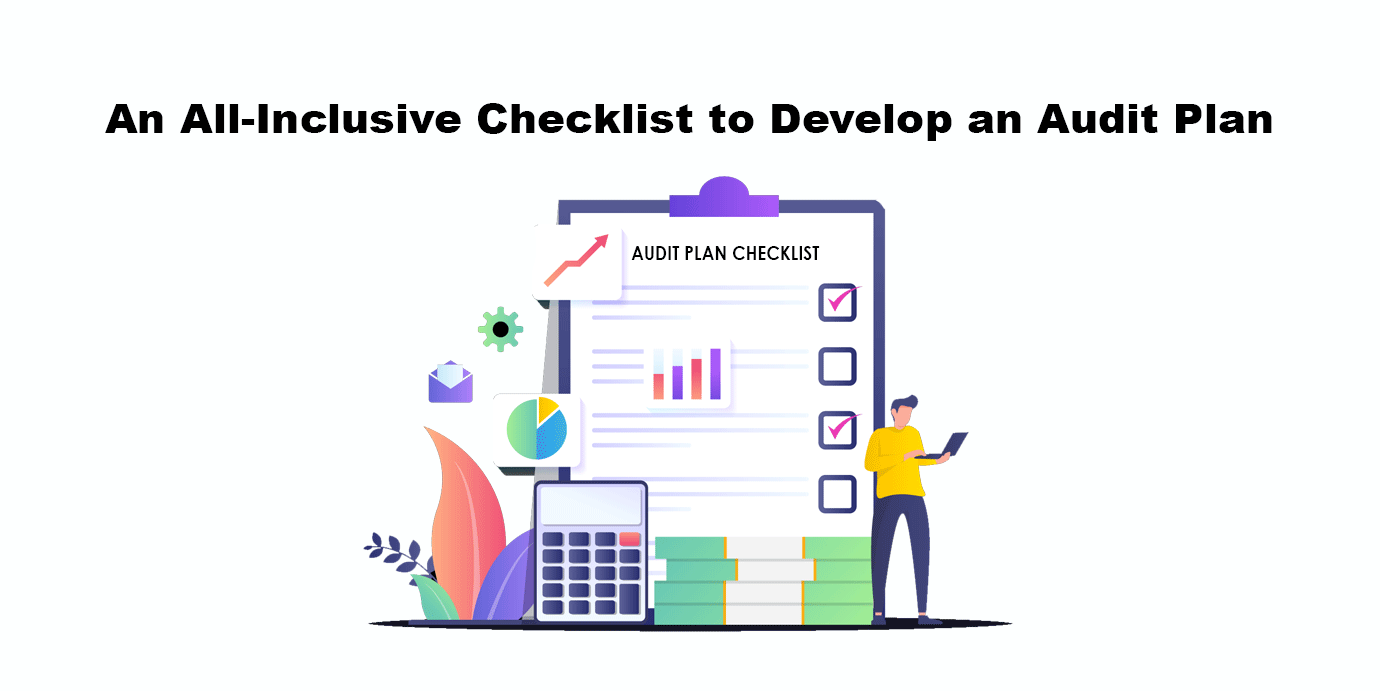The overall plan for an audit serves as a roadmap by providing direction and guidance for the audit process. With the audit plan as a base, an auditor conducts a comprehensive and efficient examination of the entity’s financial statements. Auditor is responsible to provide true and fair view on the financial statements as a whole and in order to express that view, a careful preparation of audit plan is crucial. The following points should be kept in mind while preparing an audit plan:
- Terms of Engagement:
The auditor should begin by clarifying the terms of engagement. This includes the scope of work, responsibilities, and deliverables. This sets the foundation for the audit process. - Nature and Timing:
It is crucial to determine the nature and timing of the audit report. The auditor should understand the reporting requirements such as a statutory audit, special audit, or internal audit, and establish the timeline for completing the audit. The auditor also needs to discuss with the client for the availability of their accounting team so that queries, if any, can be resolved on a timely basis. The auditor should establish channels for ongoing communication to discuss any significant findings, issues, or changes in the audit plan. This promotes transparency, addresses concerns, and ensures alignment between the auditor and the client. - Legal and Statutory Requirements:
There are various laws under which audit of the entities is a mandatory provision. In that case, it is crucial to comply with the applicable legal and statutory requirements. Apart from the provisions of the relevant law, there are various guidance notes issued by the ICAI which should also be kept in mind. - Accounting Policies and Changes:
Before commencing any ground work for the audit, it is important to understand the client’s accounting policies for assessing their impact on the financial statements. Any changes in accounting policies need to be carefully evaluated and accounted for during the audit. Further, if the auditor has observed any inconsistencies in the accounting policies, the same shall be discussed with the management and based on that, necessary observations need to be included in the audit report. - Impact of New Pronouncements:
The auditor should stay updated on new accounting and auditing pronouncements to assess their impact on the audit. Adapting to changes in standards ensures compliance and accuracy in financial reporting. - Identification of Significant Audit Areas:
Identifying significant audit areas helps prioritize resources and focus on areas with higher inherent risks. A risk-based approach enables effective allocation of audit effort. - Materiality Determination:
Materiality refers to the impact of an omission or misstatement of information in a company’s financial statements on the user of those statements. Setting materiality levels assists in determining the significance of misstatements. It guides the auditor in identifying and evaluating errors or omissions that could impact the decisions of the users of the financial statements. - Reliance on Accounting and Internal Control Systems:
The auditor must assess the reliability of the client’s accounting and internal control systems. This evaluation determines the extent to which reliance can be placed on these systems during the audit. - Audit Evidence:
It is vital to determine the nature and extent of audit evidence required. The auditor should plan appropriate audit procedures to obtain sufficient and appropriate evidence to support their conclusions. Clear and organized recordkeeping facilitates transparency, accountability, and effective communication within the audit team and with stakeholders. - Involvement of Internal Auditors and Experts:
Collaboration with internal auditors and engagement of subject matter experts enhances the audit process. The auditor should assess the extent of reliance on internal audit work and involve experts when necessary. - Involvement of Other Auditors:
For group audits or audits of subsidiaries/branches, coordination with other auditors is crucial. Clear communication and coordination ensure a cohesive and comprehensive audit approach. - Allocation of Work in Joint Audits:
In joint audits, the auditor must allocate responsibilities and coordinate efforts effectively. Proper planning and communication are essential for smooth collaboration and seamless execution. - Staffing Requirements:
The auditor should establish staffing requirements based on the complexity and size of the audit. Ensuring adequate and competent staffing helps maintain audit quality and efficiency. - Review and Improvement:
Periodically reviewing and improving the audit plan is essential for continuous enhancement of the audit process. The auditor should evaluate the effectiveness of the plan, consider feedback from stakeholders, and incorporate lessons learned into future audits. This iterative approach helps refine the audit plan over time and ensures its ongoing relevance and effectiveness.
Conclusion:
Developing an effective overall plan for an audit is vital for a successful and thorough examination of financial statements. The users of the financial statements rely on the opinion of the Auditor which casts a responsibility on the shoulders of the Auditor to conduct audit in the most systematic way. By considering the above factors and following a systematic approach, auditors can ensure that their audit work is well-directed, efficient, and aligned with applicable requirements, ultimately providing reliable and meaningful audit outcomes.





